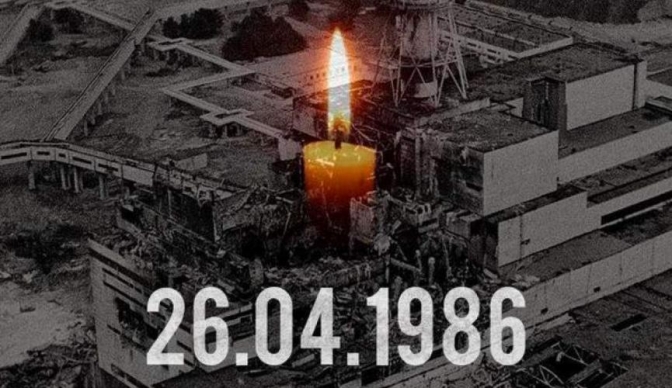
[For daily insights from throughout Ukraine, follow Ukrainian Freedom News on Telegram]
Today, Ukraine is honouring the 37th anniversary of the accident at the Chornobyl nuclear power plant, which was concealed by the Soviet authorities and became one of the worst disasters in the history of nuclear power.
On the night of April 26, at 1:23 a.m., a powerful explosion occurred at the fourth power unit of the Chornobyl Nuclear Power Plant. Two station employees became the first victims of the accident, and the final number of dead is unlikely to ever be known. 37 years after the accident at the Chornobyl nuclear power plant, its causes remain only theories.
Chornobyl disaster in numbers and dates
The first unit of the Chornobyl NPP was launched in 1977.
The fourth power unit of the Chornobyl NPP worked for 2 years – it was launched at full capacity in 1984 and became the «youngest» and most modern reactor.
For 2 days, the world knew nothing about the explosion.
30 NPP employees died from the explosion or acute radiation sickness within a few months of the accident.
500,000 people died from radiation, according to independent experts.
8.5 million residents of Ukraine, Belarus, and Russia received significant doses of radiation in the coming days after the accident.
90,784 people were evacuated from the 81st settlement of Ukraine by the end of the summer of 1986.
More than 600,000 people were engaged in the liquidation of the consequences of the accident. They fought the fire and cleared debris.
2,293 Ukrainian cities and towns with a population of approximately 2.6 million people are contaminated with radioactive nuclides.
200 thousand square kilometres – this is the area where radiation spread. Of them, 52,000 square kilometres are agricultural land.
For 10 days – from April 26 to May 6 – the emission of activity from the damaged reactor continued at the level of tens of millions of curies per day, after which it decreased by a thousand times. Experts call this period the active stage of the accident.
11 tons of nuclear fuel were released into the atmosphere as a result of the accident at the 4th power unit of the Chornobyl NPP.
400 species of animals, birds and fish, and 1200 species of flora continue to exist in the «exclusion zone», where people are prohibited from living due to significant and catastrophic pollution of air, soil and water.
From April 26 to October 1986, the Chornobyl NPP did not work. In October 1986, the 1st and 2nd power units were put into operation again; in December 1987, the 3rd unit resumed work. The 4th power unit did not start.
1991 – there was a fire at the 2nd power unit, as a result of which the operation of this reactor was blocked.
December 1995 – the signing of a memorandum between Ukraine and the countries of the «Big Seven» and the Commission of the European Union, according to which the preparation of the program for the complete closure of the station began.
December 15, 2000 – the Chornobyl nuclear power plant was completely shut down.
September 2010 – laying the foundation for a new sarcophagus above the destroyed 4th power unit. April 2012 marked the beginning of the construction of the arch to cover the «Shelter». In October 2011, the construction of the Centralized Storage of spent ionizing sources began at the site of the «Vektor» complex.
On November 29, 2016, the construction of the arch above the 4th power unit was completed.
Historical reference
What happened that night?
On April 25, 1986, at the Chornobyl NPP, the fourth power unit was supposed to be stopped experimentally in order to study the possibility of using the inertia of the turbogenerator in case of loss of power supply. Despite the fact that the technical circumstances did not correspond to the test plan, the plant management dod not cancel it.
The experiment began on April 26 at 01:23. The situation got out of control. At 01:25, two explosions rang out a few seconds apart. The reactor casing was completely destroyed, and due to the lack of a protective shell, more than 60 tons of radioactive substances rose into the air.
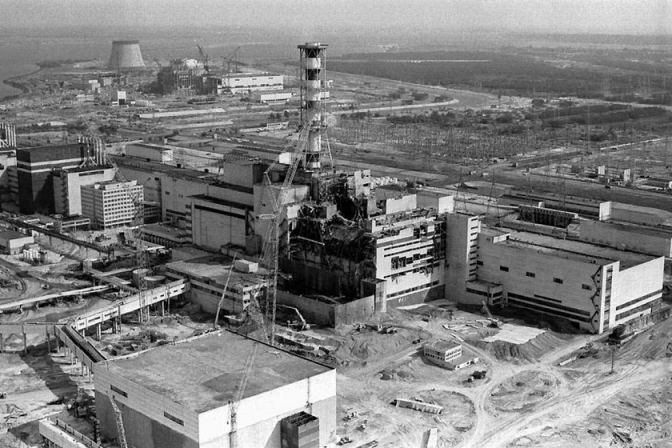
The total radiation of isotopes released into the air after the accident in Chornobyl was 30-40 times greater than during the explosion of the atomic bomb in Hiroshima. Since the Chornobyl NPP was a graphite-water reactor, it was graphite that caused the flammability of the entire system. After the explosion, there remained about 800 tons of graphite which began to burn. The fire lasted 10 days and took the lives of 31 people. Finally, the graphite stopped burning only on May 10.
The firefighters who first arrived at the scene of the disaster did not have insulating gas masks. They merely weren’t warned about the specifics of the situation. As a result, radioactive substances entered the liquidators’ respiratory tracts. The number of people who participated in extinguishing the fire at the Chornobyl NPP was 240,000. All of them received high doses of radiation. However, it was the firefighters who managed to save Ukraine and the neighbouring countries from a truly serious disaster – a strong hydrogen explosion, which could become the next stage of the tragedy.
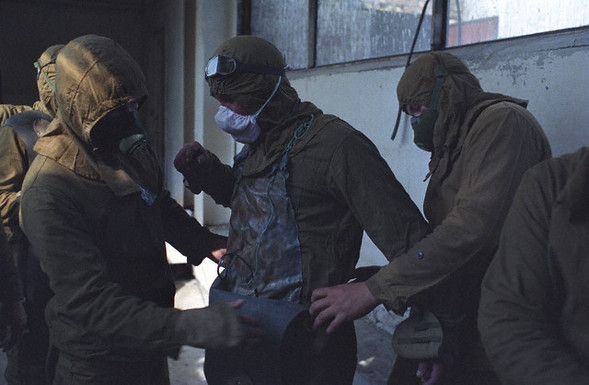
Immediately after the accident, almost 8.5 million people were irradiated and 155 thousand square kilometres polluted, of which 52 thousand belong to agricultural land. The reactor continued to emit radiation for another 3 weeks until it was bombarded with a mixture of sand, lead, clay and boron. The USSR government obviously tried to hide this tragedy from the world. But it didn’t work.
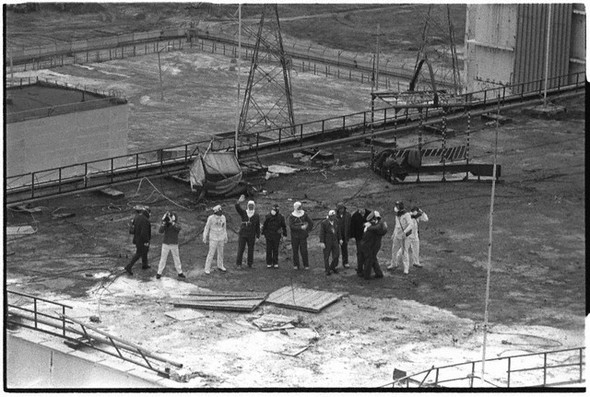
The next day, an abnormal increase in the level of radiation was noted in Sweden. So it was determined that something terrible had happened in Ukraine. The USSR authorities made the first official announcement on April 28 under the pressure of the international community, but it did not even mention the extent of the problem. The impression was formed that there was no threat, and the problem was local. All foreign mass media talked about the danger caused by the Chornobyl accident, but the Soviet ones said almost nothing about it. Although it was at this time that all the cities of the USSR were preparing parades and demonstrations in honour of May 1. As officials explained later, they did not want to raise panic among the population. Although in Kyiv, for example, on the day when thousands of people took to the streets of the city, the level of radiation exceeded the norm by several dozen times.
The USSR government haughtily refused international aid, but already in 1987, it turned to the IAEA for an expert assessment of actions to eliminate the consequences of the accident. After the disaster, the station did not work for about 6 months. During this time, the territory was deactivated and the 4th power unit was covered with a sarcophagus. Then, the remaining 3 power units were put into operation again.
Victims and consequences of the Chernobyl tragedy
The accident at the Chornobyl nuclear power plant caused catastrophic environmental pollution. The territory of the city of Pripyat is still considered unsuitable for living. The accident severely undermined public confidence in nuclear power. From 1986 to 2002, not a single nuclear power plant was built in the world.
The exact number of victims of the accident could not be established, since many people died years later. According to approximate calculations, about 4,000 people died following the accident at the Chornobyl nuclear power plant. 30 NPP employees died in the first days and weeks of the accident, and hundreds of thousands more died in the next few years from cancer and radiation sickness.
Today, a natural reserve has been formed in the Chornobyl zone, to which people have almost no access. Many species of animals and birds found shelter there, among which rare species are noticed more and more often.
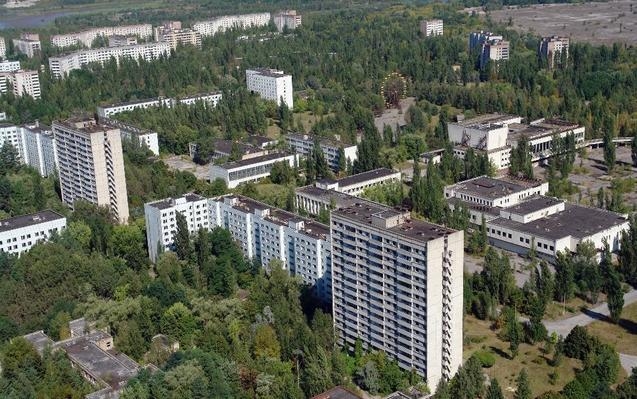
Currently, about 400 species of animals, birds and fish live in the exclusion zone. 60 of them are listed in the Red Book of Ukraine. The same with the flora: of the 1,200 species found in the zone, 20 are rare. Scientists rejoice at the restoration of the population of brown bears, which are unique to our territories, as well as moose, wolves, lynxes, deer and, surprisingly, Przewalski’s horses, which were brought here back in the 90s. Rare black storks and raccoon dogs, atypical for these regions, began to appear in the Chornobyl zone.
Chornobyl animals are no different from ordinary ones, except that they are less timid, because they have not had the chance to meet a person. Stories about anomalies and mutants are exaggerations, local residents say. The only plausible thing is creatures whose size exceeds the usual. Here you can meet two-meter pike and 1.5-meter catfish. There have been several cases of congenital defects in domestic animals. Although the genetic consequences of the disaster still require additional study.
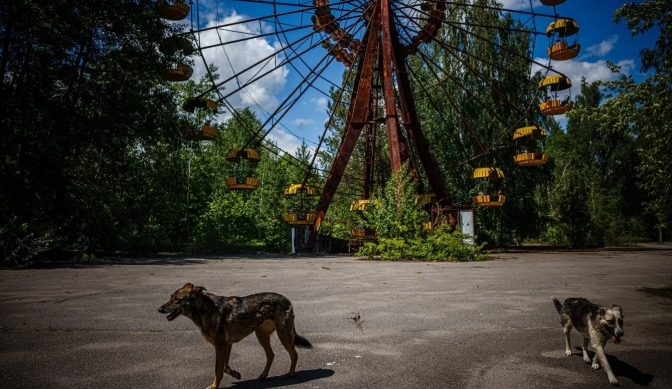
In addition, the possibility of reducing the exclusion zone is periodically considered. According to the program approved by the Verkhovna Rada, the Chornobyl nuclear power plant should be completely decommissioned by 2065: the fuel will be removed and moved to long-term storage, the reactors will be conserved. When the level of radioactivity decreases, they will be dismantled and the area cleaned.
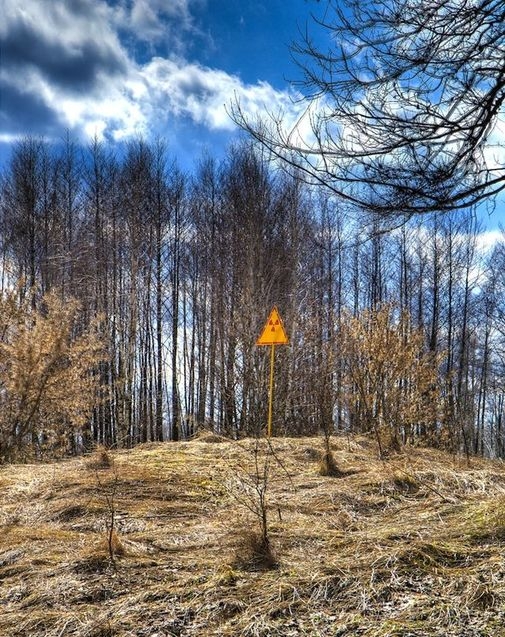
In addition, the Chornobyl Radiation-Ecological Biosphere Reserve was created in 2016. 26 routes through the exclusion zone have been developed and implemented for visitors. The Chornobyl zone was of interest to the whole world! At the current stage, the process of transformation of the zone of alienation into the zone of revival was taking place.
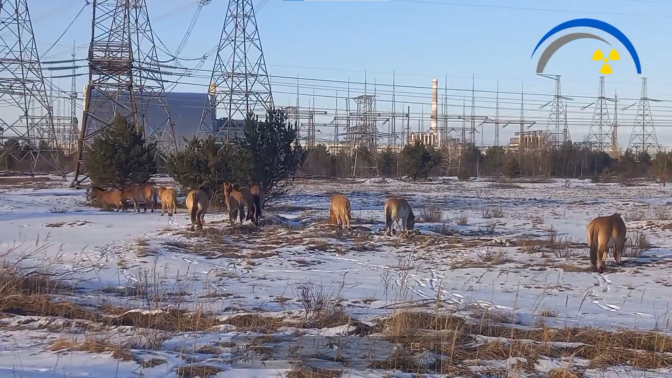
We will remind you that on February 24, 2022, Russian invaders occupied the exclusion zone and the Chornobyl nuclear power plant. For almost 36 days, the Chornobyl zone suffered from looting and destructive actions. The Russian troops took out a unique radiological laboratory, captured the defenders of the Chornobyl Nuclear Power Plant and forced the personnel to work in conditions of excessive radiation, the power plant did not receive external power for 5 days, which was necessary for the safe storage of spent fuel.
On March 20, it was possible to carry out a partial rotation of the station staff and the evacuation of the people who were there. On March 31, the Russian invaders left the station, and on April 2, the Ukrainian flag was raised over the Chornobyl nuclear power plant.
Translated by Vitalii Holich
Follow us on Facebook and Instagram. Lviv Now is an English-language website for Lviv, Ukraine’s «tech-friendly cultural hub.» It is produced by Tvoe Misto («Your City») media-hub, which also hosts regular problem-solving public forums to benefit the city and its people.






